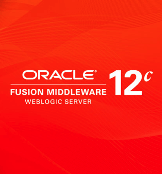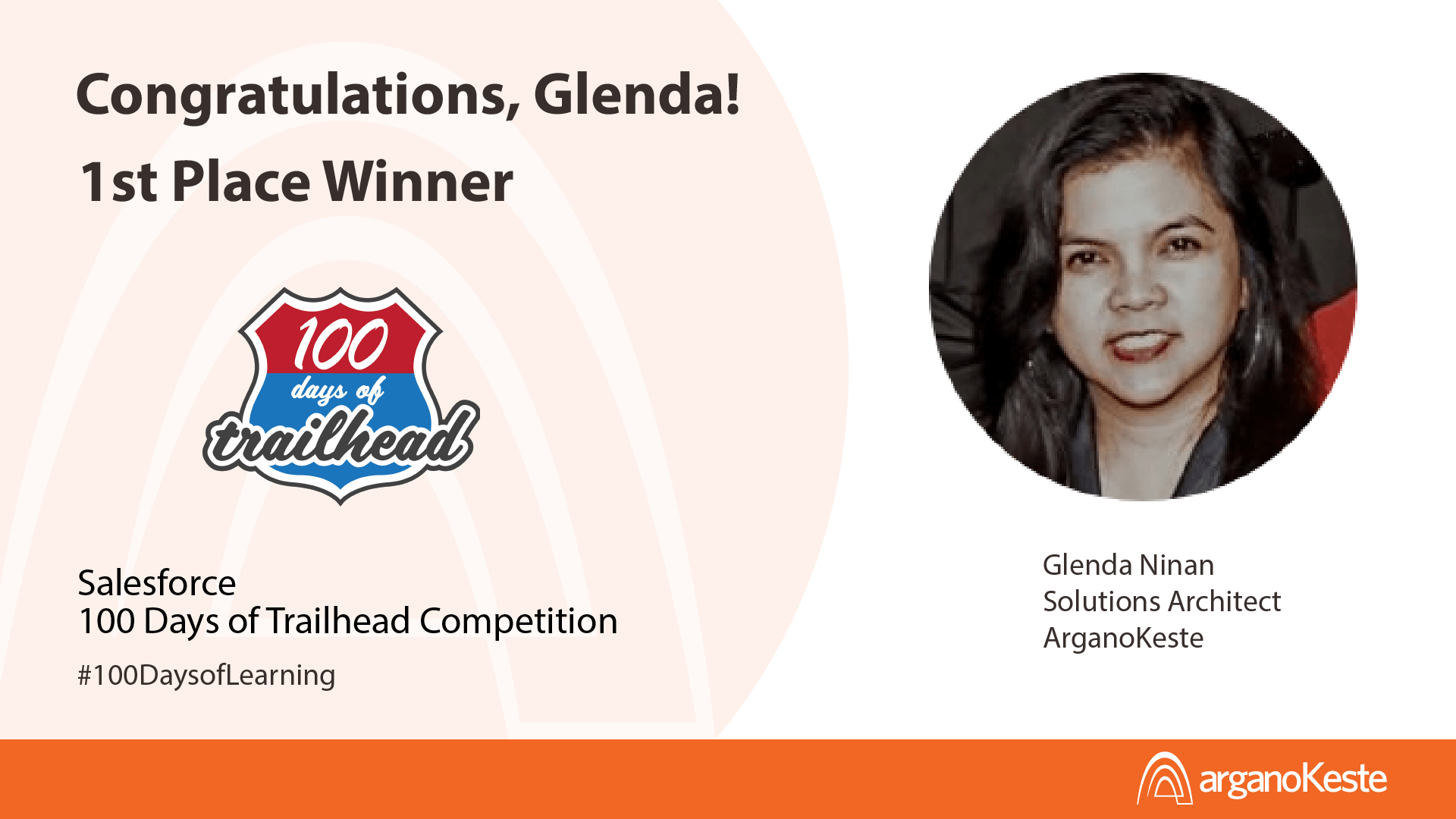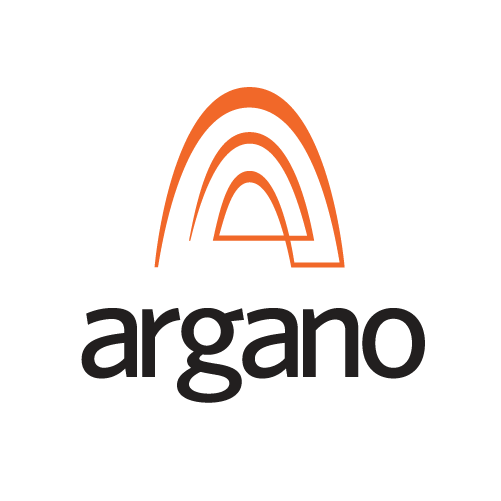 WebLogic Server 12.2.1 is now generally available, and the significant new capabilities offered in this release are huge. Number one among them is multi-tenancy. Multi-tenancy allows customers to take two (or more) existing WebLogic servers that are not running at full capacity and consolidate them, through the use of “partitions”.
WebLogic Server 12.2.1 is now generally available, and the significant new capabilities offered in this release are huge. Number one among them is multi-tenancy. Multi-tenancy allows customers to take two (or more) existing WebLogic servers that are not running at full capacity and consolidate them, through the use of “partitions”.
Partitions allow a set of related applications and all their dependent services to be treated as one entity. Customers can “unplug” an application and its services from a WebLogic instance, move it somewhere else and quickly reload it to start running again. Each application requiring services will get them from the same instance, while still maintaining its separation from the other applications also using them.
This is a major architectural change that provides complete portability, helping companies efficiently manage their platforms. For example, today most of our customers are investing in cloud platforms. However, this does not mean that they are throwing out or ignoring the on-premise (i.e. data center) investments they have already made. They run in hybrid cloud environments; they need to scale to the cloud when needed, and they are looking for middleware-oriented solutions that can help them build bridges between the two environments. The WebLogic platform is definitely an extremely important component in the development of this bridge. It helps drive innovation and plays a crucial role in hosting all the middleware platforms. These capabilities allow our customers to run the same platform in either an on-prem or cloud environment, ultimately helping accelerate cloud adoption.
Benefits of Multi-tenancy
The addition of multi-tenancy made in WebLogic have huge benefits for our customers, since application migration (in the form of partitions) from one instance to another is possible across private cloud, public cloud and on-prem platforms. It provides complete portability and provides businesses with the agility, flexibility, efficiency that they need to improve their time to market and better manage their capital expenditures (capex) and operational expenditures (opex).
Agility
Multitenancy provides the business agility that our customers need. Companies need to innovate, and they need IT to use their environments to deliver things faster. Multitenancy provides IT with this capability. Groups can now self-administer, develop, manage, and then provide the working bits and port them across a wide variety of platform instances (desktop, cloud, on-premise).
So if the line of business demands an application, the development teams can administer a pluggable partition to better manage projects in development. The IT department no longer has to worry about creating, provisioning and funding new development and production systems. The total agility and flexibility that this generates for our customers is unparalleled.
Time to Market
Using the multi-tenant capabilities in Oracle WebLogic improves time to market. Agile businesses can quickly respond to changes in the marketplace. If IT is agile enough to move resources around, the company is able to support the development of new products and the movement into new markets. They are able to not only respond but stay ahead of the competition curve. Agility enables change, which in turn creates market leaders.
Better Management of Capex and Opex
The flexibility and efficiency offered by this new WebLogic release will also help companies better manage their capex and opex. Using the multi-tenant capabilities found in WebLogic can enable up to 3x hardware consolidation which can reduce data center sprawl (a significant cost savings since datacenter construction costs run about $1000/sq. foot). Power consumption costs plummet; server administration costs decrease and manpower hours shrink. In all, operating expenses can be reduced by 25%.
Even capital costs can be significantly impacted. Hardware assets can be better utilized by bringing lots of domains into a fewer numbers of domains. Companies are even finding that they can slow (or eliminate) the purchase of additional servers and storage and lower power and cooling costs.
Here at Keste, we believe that multitenancy is going to be a big theme. We have been evaluating this newest release and are very excited about the features found in this release. We encourage you to learn more about the multi-tenant capabilities of WebLogic. A great place to start is the WebLogic 12cR2 Product Launch video – featuring myself and Oracle’s Mike Lehmann.
If you like what you read, and would like to get more information, please contact us today!








